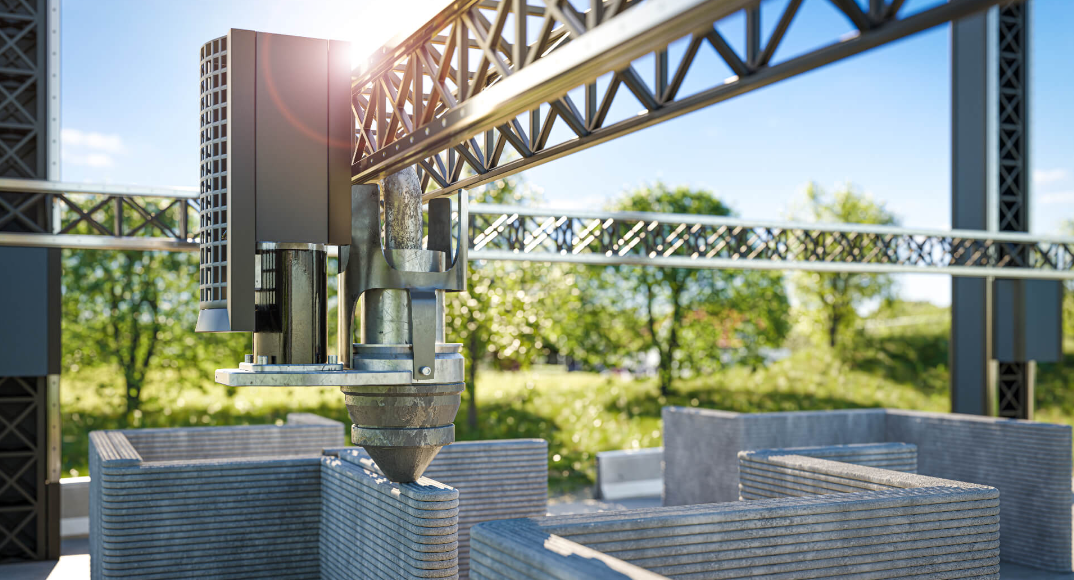How 3D printing revolutionizes construction and contributes to cost savings, efficiency, and sustainability.

Traditional construction methods involve assembling structures piece by piece, which can be time-consuming. In contrast, 3D printing allows entire structures to be printed in a matter of days or weeks. This increased efficiency streamlines construction projects and enables quicker completion deadlines. For example, a 3D-printed house in Texas was built in just 48 hours.


With 3D printing, less manual labor is required. The printer does the work, reducing the need for skilled workers and their associated costs. 3D printing minimizes material waste. Precise layer-by-layer deposition ensures that only the necessary material is used, leading to cost savings.
By using concrete or other printable materials, construction companies can save significantly on material expenses. For instance, Alquist 3D, a construction company, saves up to 15% on building expenses by using concrete with a 3D printer. Reduced labor and material costs contribute to a more budget-friendly construction process.
Traditional construction generates substantial waste, including excess materials and offcuts. 3D printing minimizes waste by using only what’s needed. 3D printers consume less energy compared to traditional construction equipment. Some 3D printing materials are environmentally friendly, such as recycled plastics or bio-based polymers.
3D printing ensures uniformity and precision. Each layer is precisely placed, resulting in consistent quality. 3D printing allows for intricate designs and complex shapes that would be challenging or impossible using traditional methods.
Organizations like Habitat for Humanity are using 3D printing to address the affordable housing crisis. By constructing homes with 3D printers, they can provide safe, affordable housing to those in need.
3D printing in construction offers a win-win situation: faster construction, cost savings, and a positive impact on the environment. As technology continues to evolve, we can expect even more innovations in this field.





